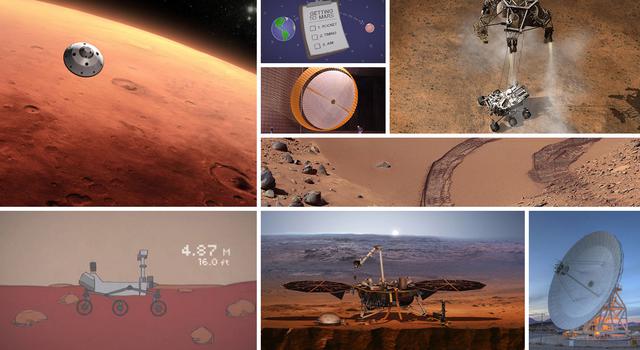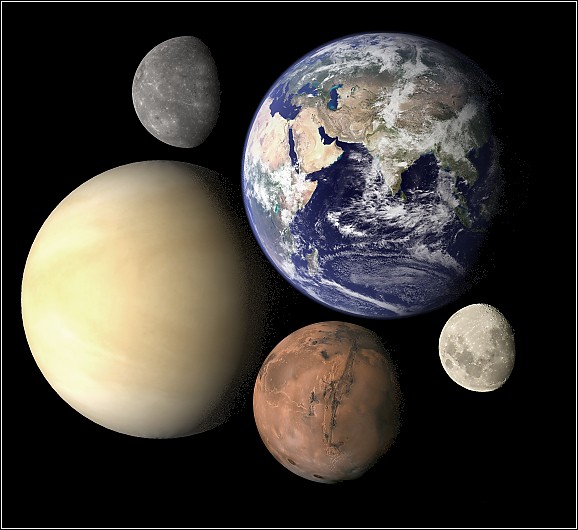vcdiversity.org – The allure of Mars has captivated the human imagination for centuries, inspiring countless stories, theories, and dreams of interplanetary travel. In the realm of science and technology, NASA has taken the lead in turning this dream into a reality. The Journey to Mars is not just a mission; it’s a quest that represents the pinnacle of human curiosity, innovation, and the relentless pursuit of knowledge. This article delves into the intricate details of NASA’s ambitious plan to explore the Red Planet, highlighting the challenges, milestones, and the ultimate goal of establishing a human presence on Mars.
The Vision and Strategy:
NASA’s journey to Mars is a multifaceted endeavor that encompasses robotic exploration, scientific research, and the eventual goal of sending humans to the Red Planet. The agency’s strategy is built on a step-by-step approach, with each mission laying the groundwork for the next. The vision includes sending humans to Mars in the 2030s, with the ultimate aim of sustaining life there.
Robotic Precursors:
Before humans set foot on Mars, NASA has deployed a series of robotic missions to scout the terrain, study the climate, and search for signs of past life. Missions like the Mars Reconnaissance Orbiter, Mars Science Laboratory (Curiosity rover), and the Perseverance rover have provided invaluable data about the Martian environment. These robotic explorers have also been tasked with identifying potential landing sites and collecting samples that could be returned to Earth for further analysis.
Technological Innovations:
The journey to Mars requires groundbreaking technology to ensure the safety and success of the mission. NASA is developing the Space Launch System (SLS), the most powerful rocket in the world, to carry the Orion spacecraft, which will transport astronauts to deep space. The agency is also working on the Mars 2020 rover, which will demonstrate technologies for producing oxygen from the Martian atmosphere, a critical step for future human exploration.
Human Habitation and Sustainability:
For long-term exploration and habitation, NASA is researching ways to sustain life on Mars. This includes developing habitats that can withstand the harsh Martian environment, creating systems for growing food, recycling water, and generating power. The agency is also exploring in-situ resource utilization (ISRU), which involves using materials found on Mars to support the mission, reducing the need for supplies from Earth.
International and Commercial Partnerships:
NASA recognizes that the journey to Mars is a global challenge that requires international collaboration. The agency is working with space agencies from Europe, Russia, Canada, Japan, and other countries to share expertise and resources. Additionally, NASA is fostering partnerships with commercial space companies to develop new technologies and spacecraft that can support the mission.
The Journey Ahead:
The journey to Mars is fraught with challenges, including the health risks posed by long-duration spaceflight and exposure to cosmic radiation, the psychological effects of isolation, and the technical difficulties of landing large payloads on the Martian surface. Despite these obstacles, NASA’s commitment to overcoming these hurdles remains unwavering.
Conclusion:
NASA’s quest for interplanetary exploration and the journey to Mars represent a monumental leap for humanity. It is a testament to our species’ indomitable spirit of exploration and our desire to push the boundaries of what is possible. As NASA continues to forge ahead with its Mars program, the world watches with anticipation, knowing that each step taken is a step closer to realizing the dream of becoming a multiplanetary species. The journey to Mars is not just about reaching another world; it’s about expanding the horizons of human potential and ensuring the future of our civilization among the stars.

